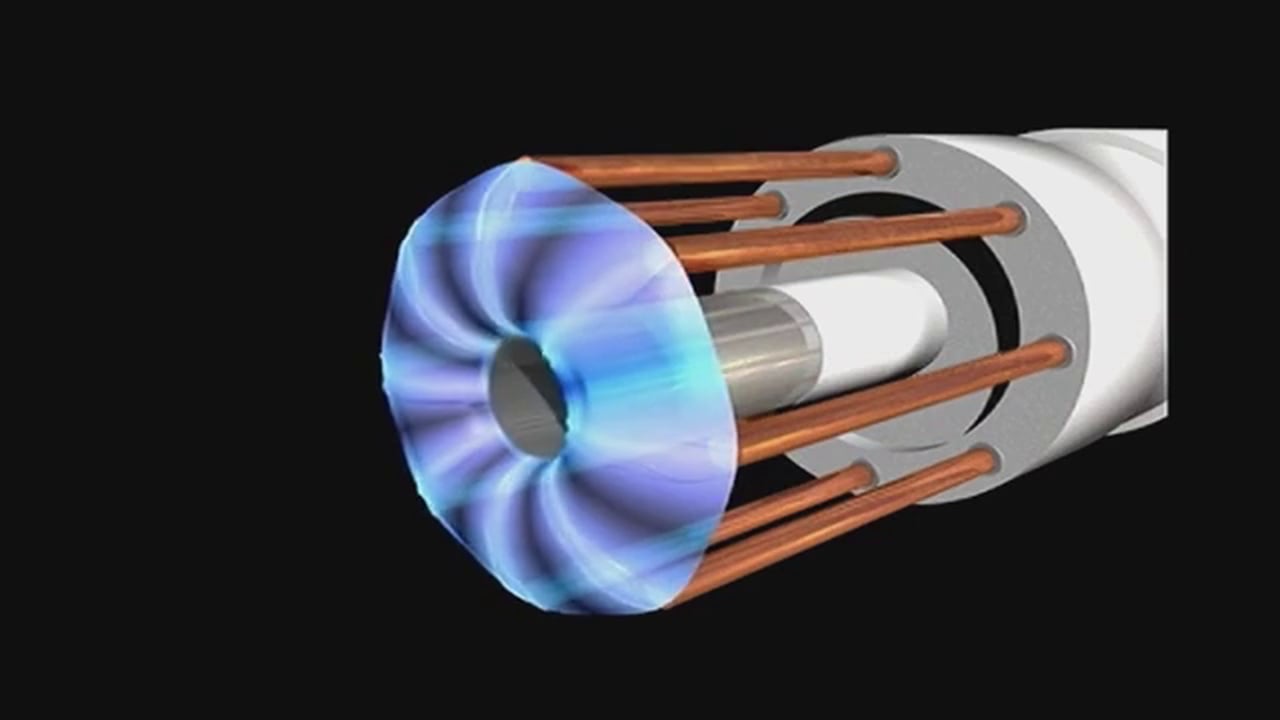LPP Fusion Teams Up with UC San Diego

Written by Tim Lash, Focus Fusion Society Contributor.
A joint announcement recently outlined a new collaboration between LPP Fusion and the University of California San Diego (UCSD). The Center for Energy Research (CER) at UCSD will cooperate on fusion research with LPP Fusion. The research will strive for sustained fusion power from a dense plasma focus (DPF) reactor. CER Director, Farhat N. Beg stated “LPPFusion is a leader in this field and will make available to CER its research data and expertise to help us set up our own DPF facility at UC San Diego.”
The benefits of fusion energy from a DPF have guided the development of LPP Fusion’s Focus Fusion 1 (FF-1) reactor. These benefits include low cost, aneutronic output and small size. LPPFusion’s FF-1 device is one of only a few mega-ampere DPFs in the world. Their research in the coming year will involve the first experiments using hydrogen-boron fuel. This fuel produces energy in the form of charged particles only, not neutrons. This eliminates radioactive waste. It also makes possible inexpensive direct conversion of energy to electricity. The company terms the combination of DPF with hydrogen boron fuel “Focus Fusion”.
“The collaboration with the Center for Energy Research will help us to better analyze and understand our data,” said LPPFusion President and Chief Scientist Eric J. Lerner. “Their expertise in plasma simulation will aid our efforts in modeling our experiments. We also expect that, once their own DPF is functioning, we can perform joint experiments that will help demonstrate how the DPF energy output scales with energy input. That is crucial to achieving the goal of getting more energy out of the device than we put into it.”
LPPFusion is already collaborating with two DPF efforts in Poland, one at the Institute of Nuclear Physics of the Polish Academy of Sciences in Krakow and the other at the Institute of Plasma Physics and Laser Microfusion in Warsaw.